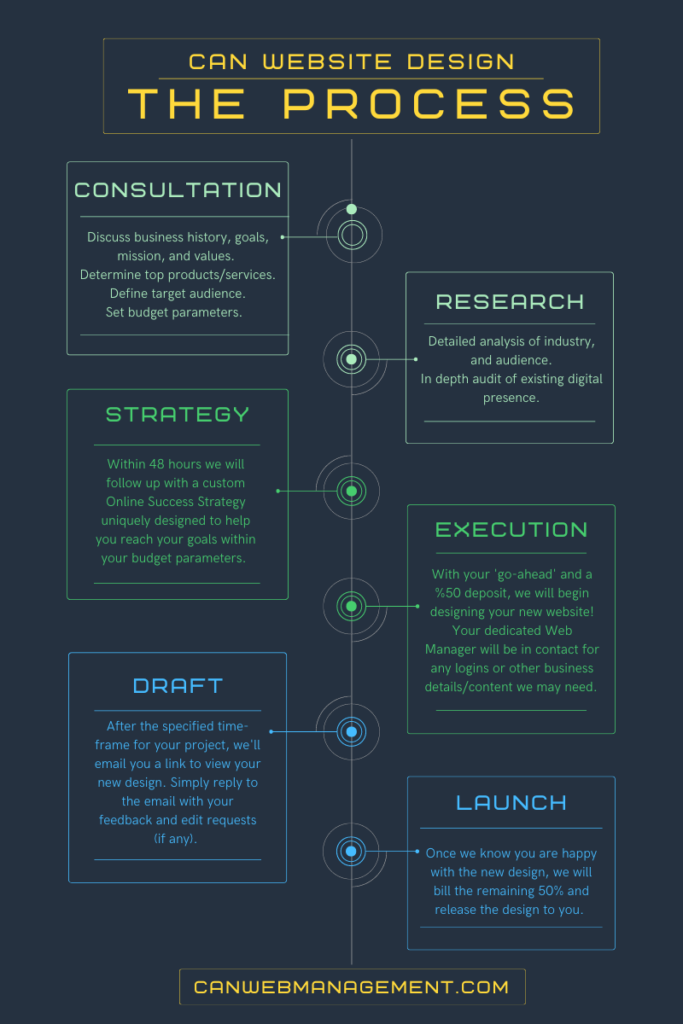The Dawn of the Internet
In the early 1990s, the World Wide Web emerged, marking the beginning of a new era in communication and information sharing. Web design during this period was rudimentary, with static text-based pages dominating the landscape. Websites were primarily designed for functionality rather than aesthetics, focusing on delivering information in a straightforward manner.
The Rise of HTML and CSS
As the Internet gained popularity, the introduction of HTML and CSS revolutionized web design. HTML provided structure to web content, allowing designers to format and organize information effectively. CSS, on the other hand, brought flexibility and style, separating the design from the content. This separation enabled designers to create visually appealing websites and paved the way for the emergence of more complex layouts and designs.
Flash and Multimedia Era
In the late 1990s and early 2000s, Macromedia Flash gained popularity, offering a powerful tool for creating interactive and multimedia-rich websites. Flash enabled designers to incorporate animations, audio, and video into web pages, resulting in engaging user experiences. However, Flash had its limitations, including compatibility issues and performance drawbacks, leading to its eventual decline in favor of more accessible technologies.
Web 2.0 and User-Centered Design
The advent of Web 2.0 in the mid-2000s brought a significant shift in web design philosophy. User-centered design principles took center stage, focusing on enhancing usability, interactivity, and user engagement. Websites began to feature dynamic content, social media integration, and user-generated content, empowering users to participate actively in the web experience. This era saw the rise of minimalist design, with clean layouts and intuitive navigation becoming the norm.
Mobile-First and Responsive Design
With the proliferation of smartphones and tablets, web designers had to adapt to the mobile landscape. Mobile-first design emerged, emphasizing the importance of creating websites optimized for smaller screens and touch interactions. Responsive design became crucial, enabling websites to automatically adapt to different devices and screen sizes. This approach allowed for seamless user experiences across various platforms, catering to the growing mobile user base.
Modern Web Design and Immersive Experiences
In recent years, web design has witnessed a focus on immersive experiences and storytelling. Websites now feature large, captivating visuals, innovative scrolling effects, and parallax designs, drawing users into a narrative-driven journey. Additionally, advancements in technologies such as HTML5, CSS3, and JavaScript frameworks have enabled the creation of dynamic and interactive elements, such as animations, transitions, and microinteractions. These developments have elevated web design to new heights, blurring the line between websites and applications.
In a world where websites play a crucial role in shaping the success of businesses, it is imperative to recognize the value of professional web design. While DIY website builders and templates may seem tempting, there are compelling reasons to invest in a professionally designed website. A professional web designer possesses the expertise to create a visually appealing and user-friendly website tailored to your specific business needs. They understand the nuances of user experience, responsive design, and the latest industry trends, ensuring that your website stands out in a crowded digital landscape. Moreover, professional web designers can optimize your website for search engines, improve loading times, and provide ongoing support and maintenance. By entrusting your business website to professionals, you are investing in a powerful online presence that not only attracts visitors but also drives conversions and cultivates trust in your brand. Ultimately, the choice to get your business website designed professionally is an investment that yields long-term benefits, helping your business thrive in the digital realm.


